Power Trowel Troubleshooting: How to Fix & Maintain Fast
Introducing the power trowel, a versatile tool used for concrete finishing that plays a crucial role in achieving smooth and level surfaces. Whether you’re a beginner or a seasoned professional, understanding the proper techniques for power troweling is essential.
In this post, we will explore step-by-step instructions, from beginner to pro, on how to power trowel concrete effectively. By following these guidelines, you can achieve professional-quality results and ensure the durability and aesthetic appeal of your concrete projects.
What a power trowel is and its purpose
- A power trowel is a construction machine equipped with rotating blades used to finish and smooth concrete surfaces.
- It is designed to improve the flatness and appearance of the concrete by leveling and compacting it.
Importance of regular maintenance and troubleshooting
- Regular maintenance is essential to keep the power trowel in optimal working condition and extend its lifespan.
- Troubleshooting helps identify and resolve any issues or malfunctions that may arise during operation.
- By performing regular maintenance and troubleshooting, you can ensure the power trowel operates efficiently, minimizing downtime and maximizing productivity.
Contents
Safety Precautions
Safety when working with power tools
- Safety should always be a top priority when operating power trowels or any other power tools.
- Proper safety precautions minimize the risk of accidents, injuries, and potential hazards.
Essential safety equipment
- Safety Glasses: Protect the eyes from debris, dust, and other potential hazards.
- Gloves: Provide hand protection and improve grip while handling the power trowel.
- Ear Protection: Shield the ears from loud noise generated by the machine.
- Steel-Toe Boots: Ensure foot safety and protection from heavy objects or falling debris.
- Respirator Mask: Protect against inhaling dust and airborne particles.
Common Problems and Solutions
Problem 1: Power trowel not starting
- Check the power source and ensure it is properly connected: Make sure the power trowel is plugged into a functioning power outlet or that the battery is charged.
- Verify the on/off switch is in the correct position: Ensure that the switch is in the “on” position and securely engaged.
- Examine the spark plug and clean or replace if necessary: Remove the spark plug and inspect it for dirt, carbon buildup, or damage. Clean it or replace it if it’s worn or faulty.
- Check the fuel level and fill if low: If your power trowel is fuel-powered, verify the fuel level and refill it if it’s low.
Problem 2: Poor performance or uneven troweling
- Inspect the blades for wear or damage and replace if needed: Examine the trowel blades for any signs of wear, such as dullness or chips. Replace them if they are damaged or worn down.
- Adjust the blade angle and pitch to ensure even troweling: Use the adjustable pitch control to set the blades at the proper angle for achieving an even and consistent finish.
- Check the motor or engine for any issues and address accordingly: Inspect the motor or engine for any mechanical problems, such as loose connections or belt issues. Address any identified issues to restore proper performance.
Problem 3: Excessive vibrations or shaking
- Tighten loose parts and connections: Check all nuts, bolts, and fasteners and tighten them securely to minimize vibrations caused by loose components.
- Inspect the drive belt for wear or damage and replace if necessary: Examine the drive belt for signs of wear, cracking, or damage. Replace it if it’s worn out to ensure smooth operation.
- Ensure the trowel is on a level surface: Make sure the power trowel is placed on a flat and level surface to prevent excessive vibrations or shaking during operation.
Problem 4: Power trowel not moving or spinning
- Verify that the handle controls are in the correct position: Check the handle controls and ensure they are properly engaged and in the correct position for movement and spinning.
- Inspect the gearbox for any faults and repair or replace as needed: Examine the gearbox for any faults or damage. If necessary, repair or replace the gearbox to restore proper functionality.
- Check the drive system for obstructions or damage and address accordingly: Inspect the drive system, including chains, sprockets, or gears, for any obstructions, damage, or misalignment. Address any issues found to enable smooth movement and spinning of the power trowel.
Routine Maintenance
Cleaning the power trowel after each use
- Remove excess concrete and debris from the blades and body: Use a scraper or brush to remove any hardened concrete or debris from the trowel blades and body.
- Wipe down the trowel and ensure it is free of dirt and moisture: Use a damp cloth to clean the trowel’s surface, removing any dirt or moisture that may have accumulated during use.
Regular blade inspection and replacement
- Examine the blades for wear, cracks, or uneven edges: Inspect the trowel blades for signs of wear, such as dullness, cracks, or uneven edges. Replace any blades that are damaged or worn beyond repair.
- Replace blades when necessary to maintain optimal performance: Regularly check the condition of the blades and replace them as needed to ensure efficient and effective troweling.
Lubrication and greasing
- Identify the lubrication points and apply the recommended lubricant: Consult the manufacturer’s instructions to identify the lubrication points on your power trowel. Apply the recommended lubricant to these points to reduce friction and ensure smooth operation.
- Grease any moving parts to reduce friction and wear: Apply grease to moving parts, such as pivot points and bearings, to minimize friction and prevent premature wear and tear.
Seeking Professional Help
Professional assistance
- It’s important to recognize that certain power trowel issues or complex repairs may require the expertise of a professional.
- If you encounter a problem that you are unable to diagnose or fix on your own, seeking professional help is recommended.
Authorized service centers or technicians
- To ensure that your power trowel is properly serviced and repaired, contact authorized service centers or technicians.
- Check the manufacturer’s website or documentation for authorized service centers in your area.
- Reach out to the manufacturer’s customer support for guidance on locating reputable service providers.
Conclusions
In conclusion, regular maintenance and troubleshooting are essential for ensuring the optimal performance and longevity of power trowels. By addressing common issues promptly and following a routine maintenance schedule, you can prevent problems and maintain the efficiency of your equipment. It is equally important to prioritize safety by adhering to proper operating procedures and seeking professional help when needed.
By doing so, you can ensure the accuracy of repairs and maximize the functionality and safety of your power trowel. With these practices in place, you can confidently tackle concrete projects and achieve excellent results.
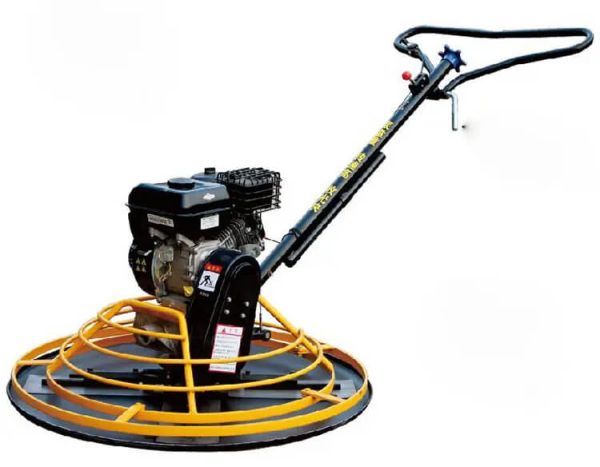
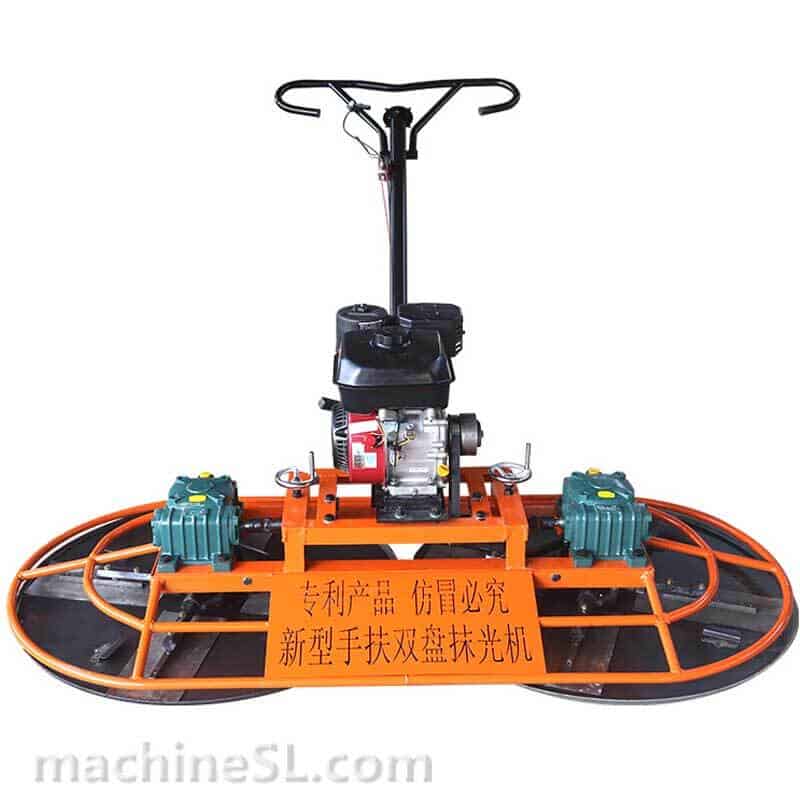
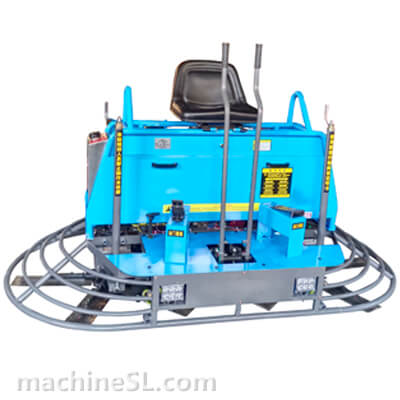
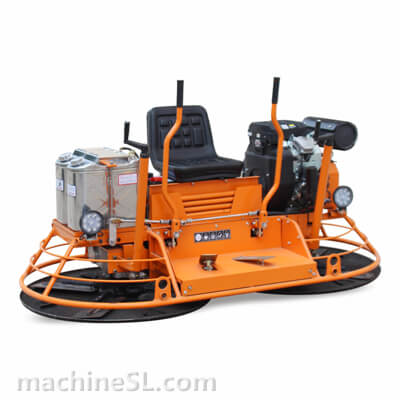
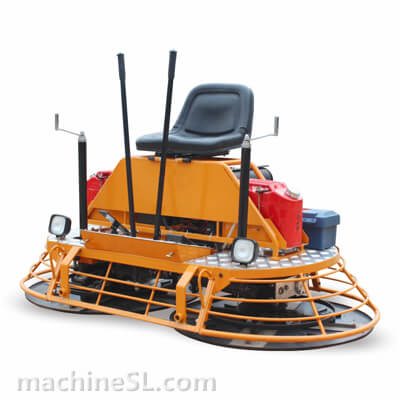
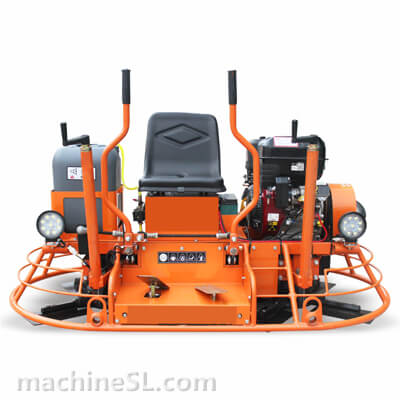
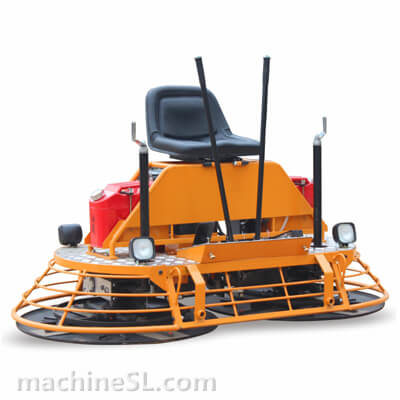
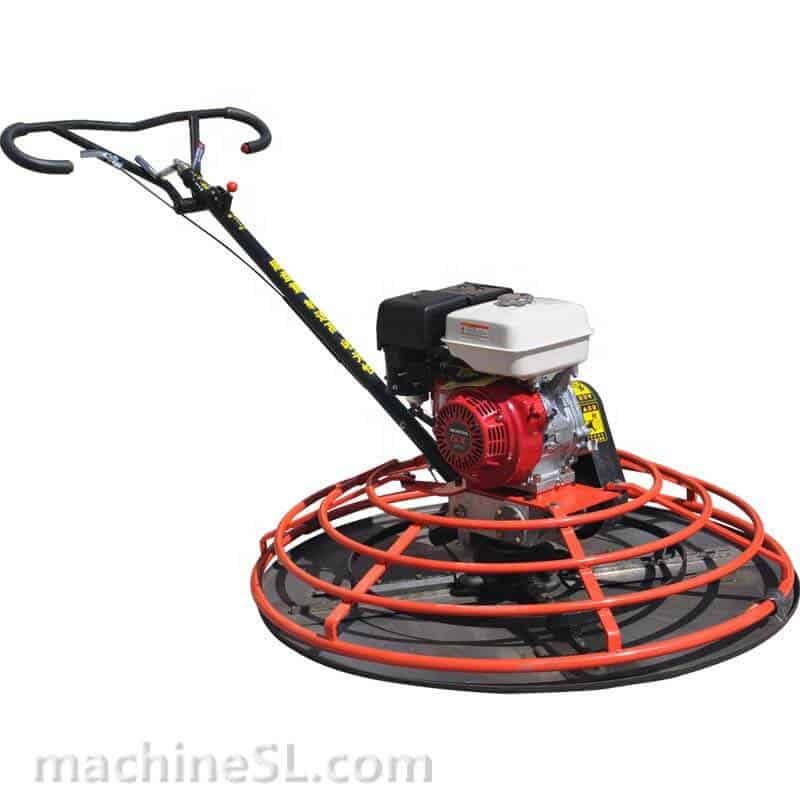
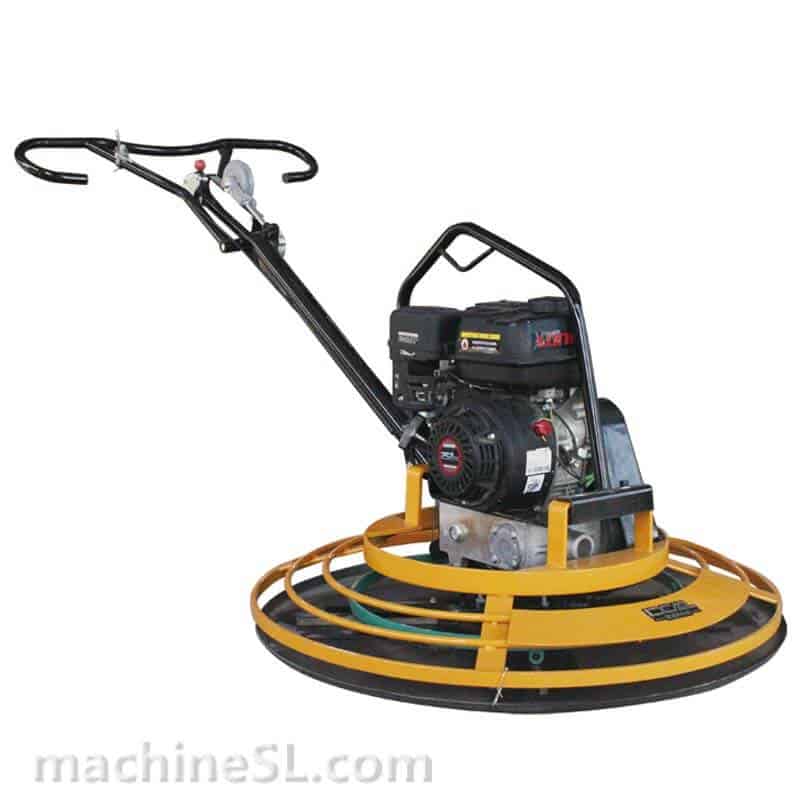
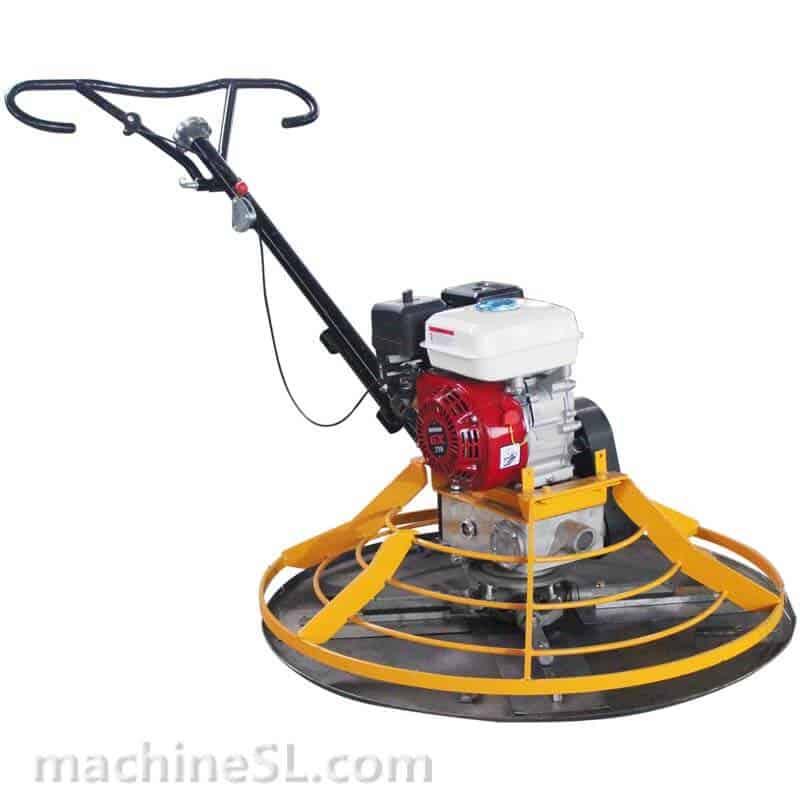
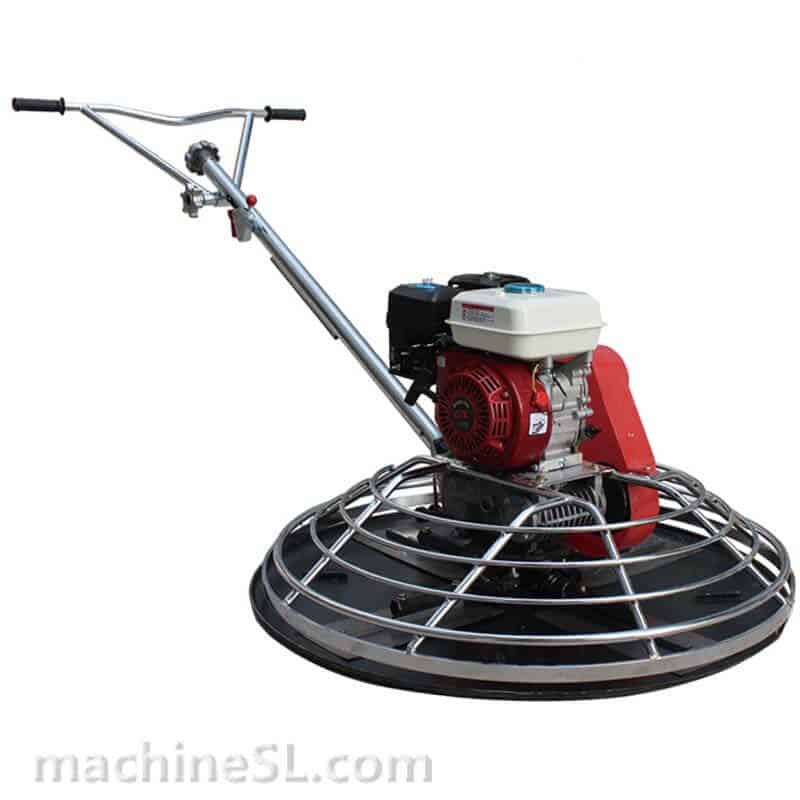
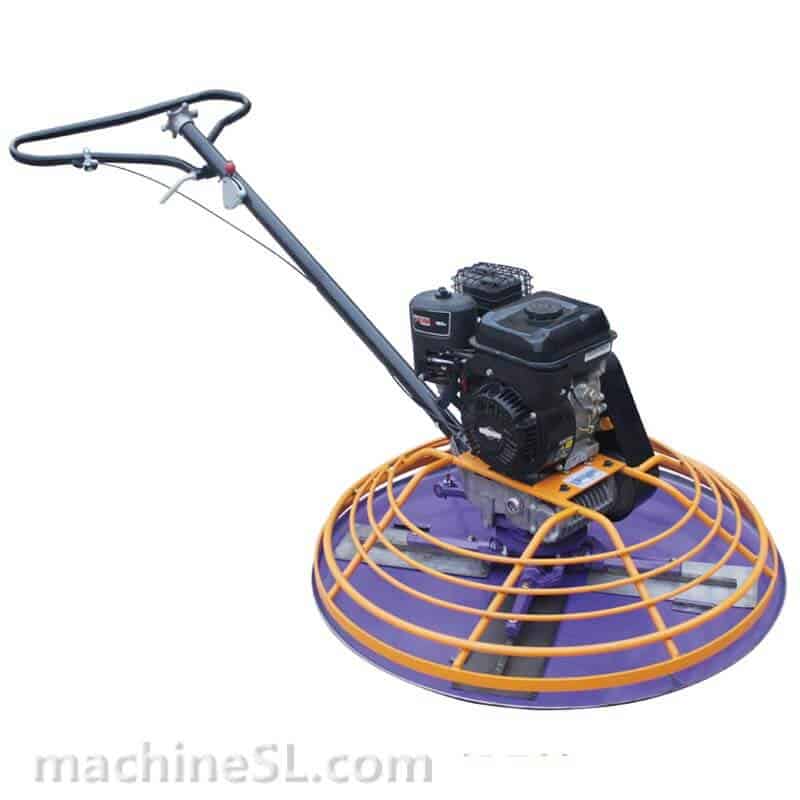
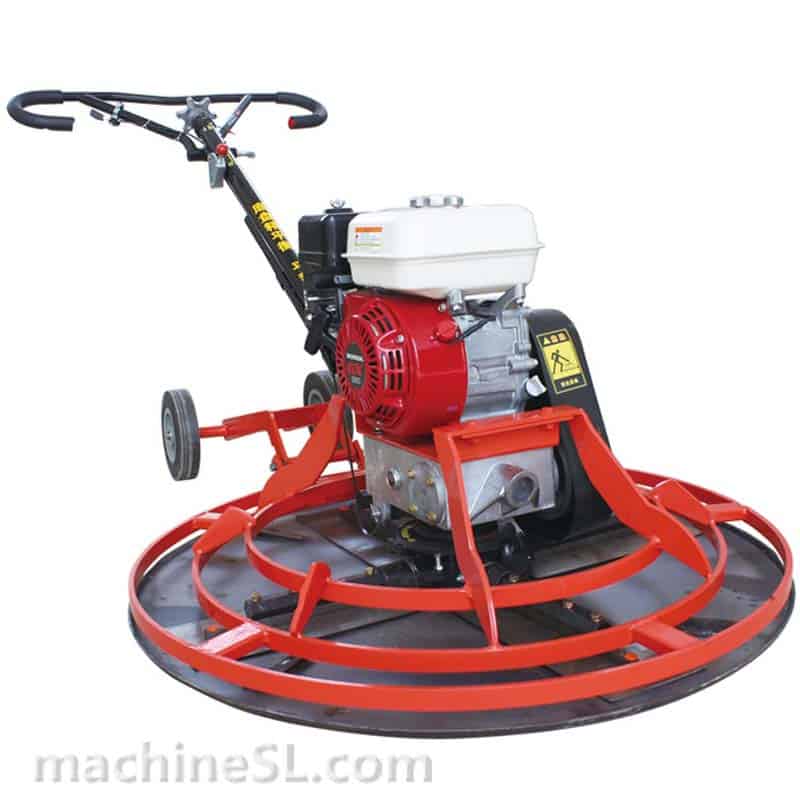
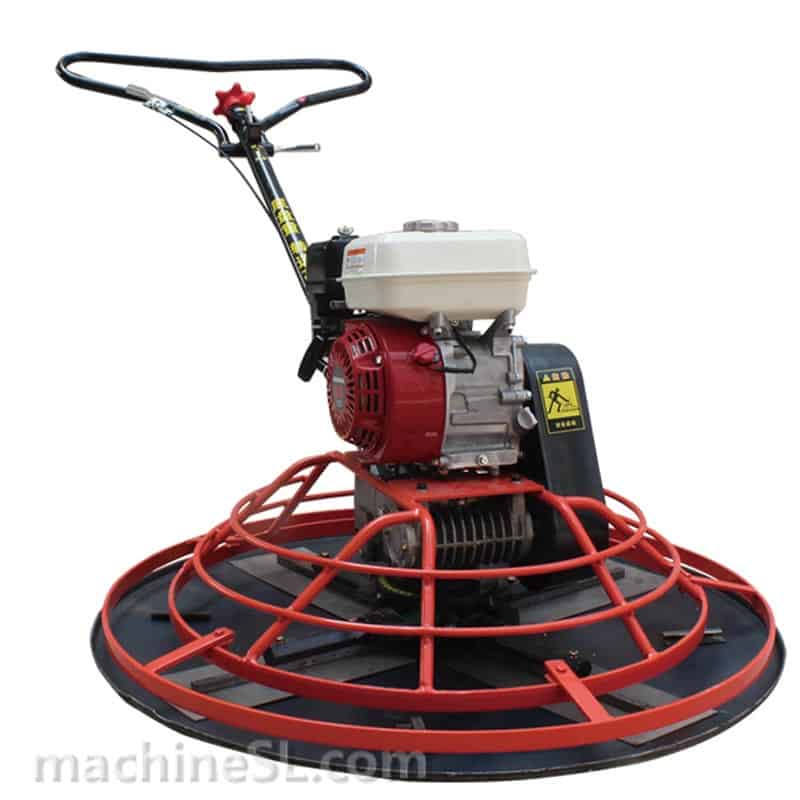
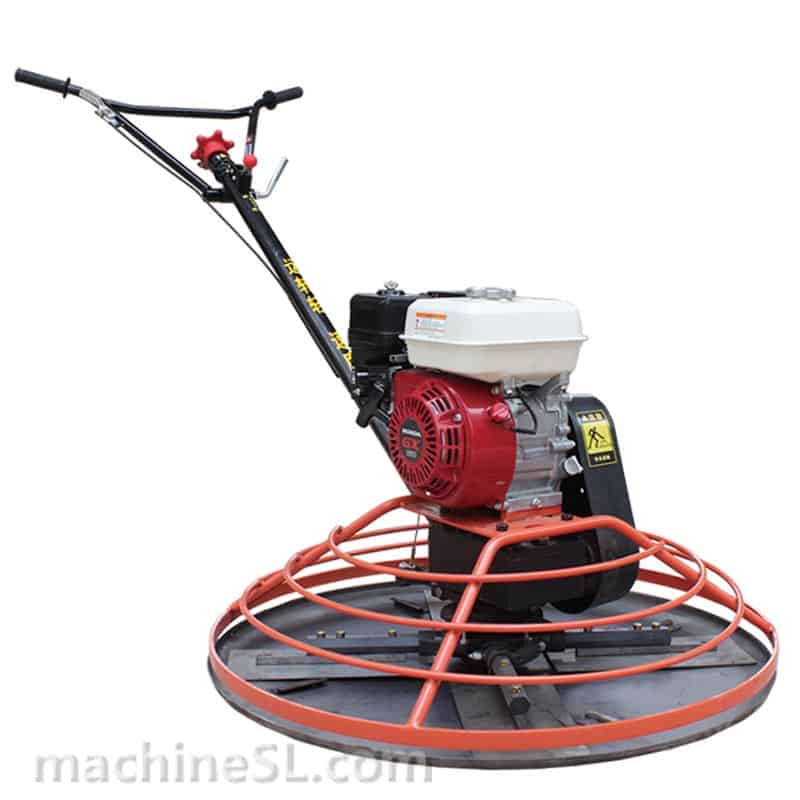
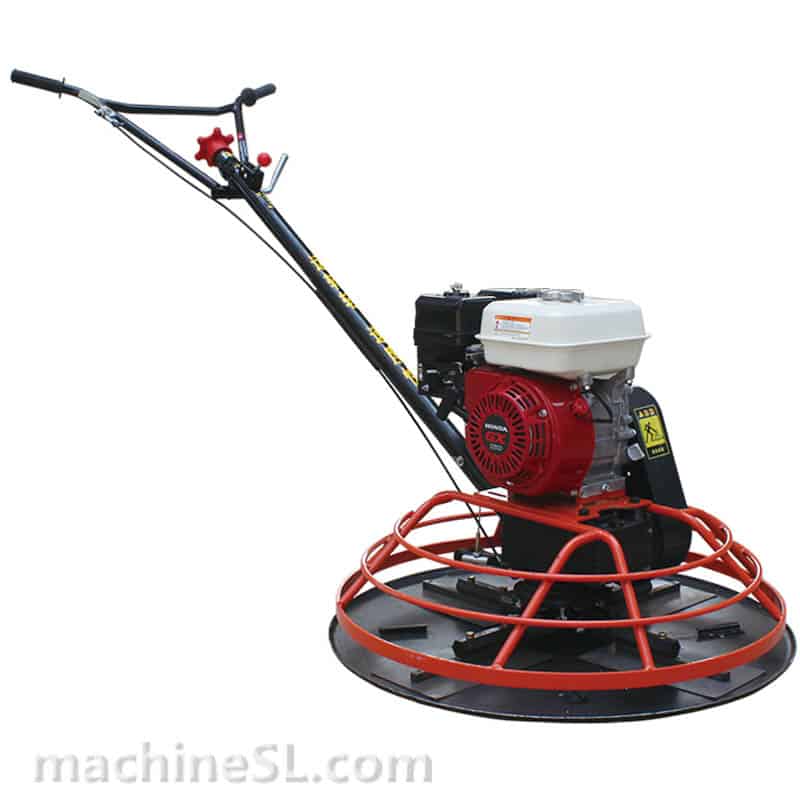
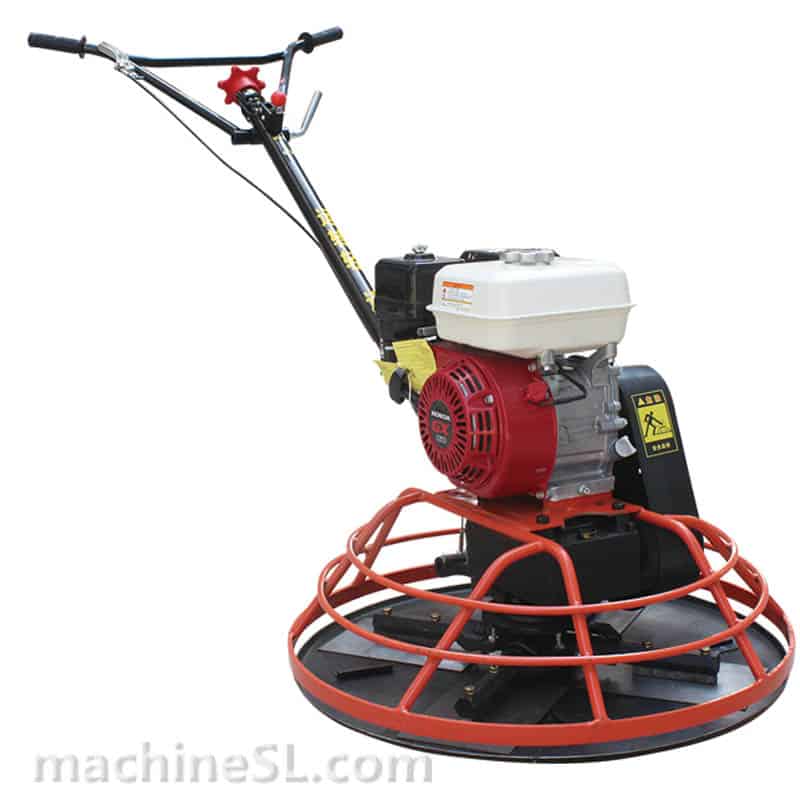
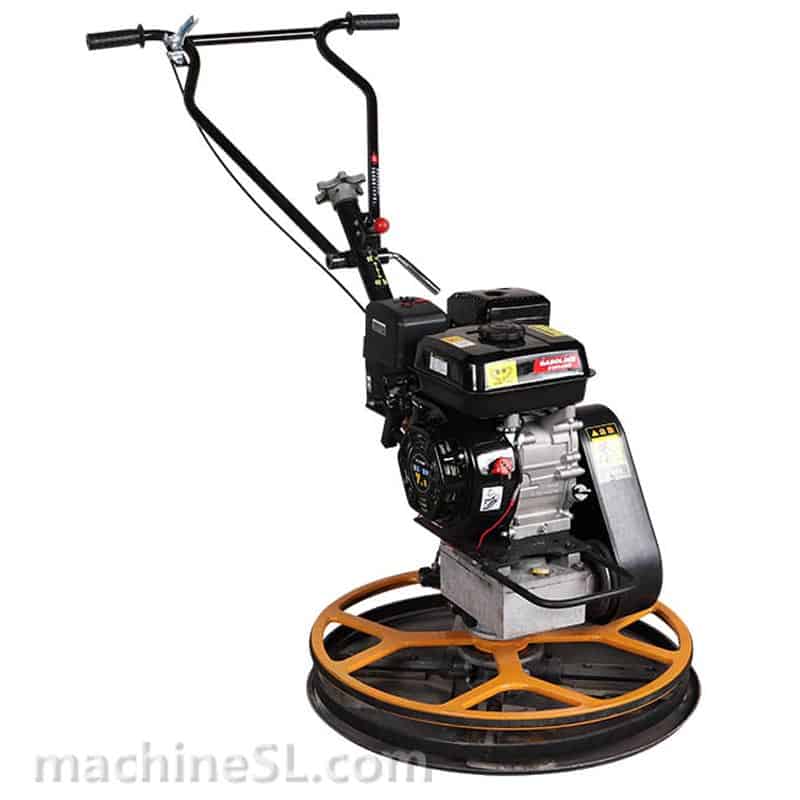
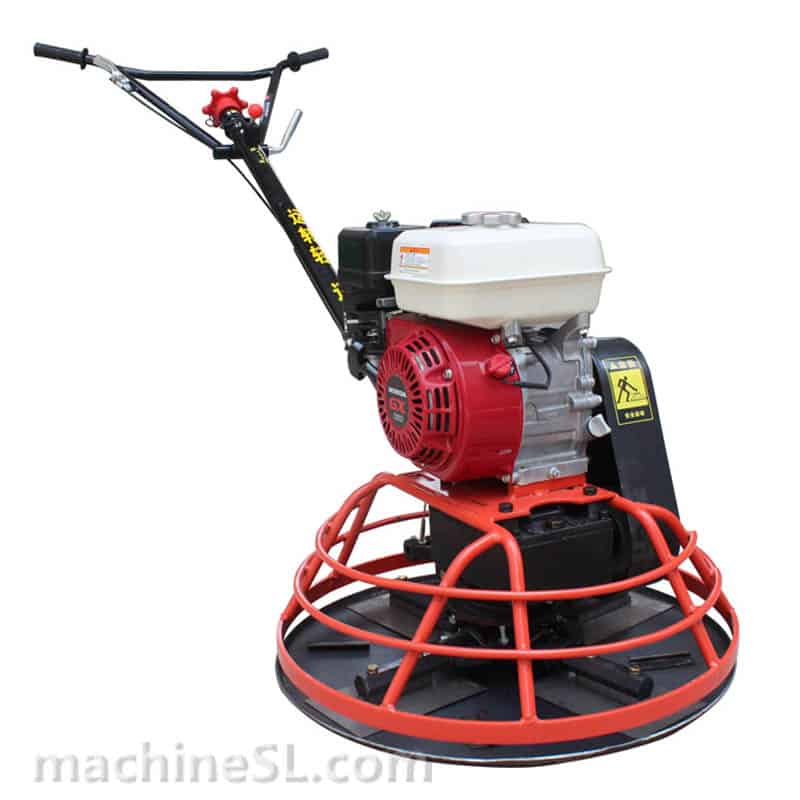
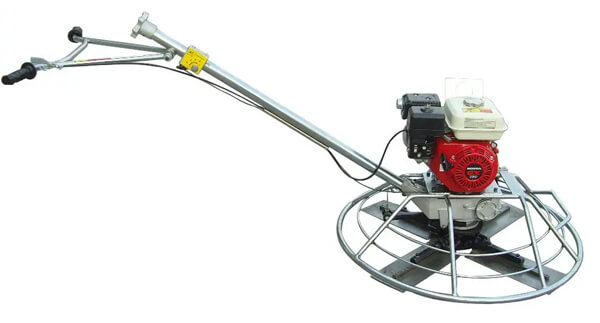
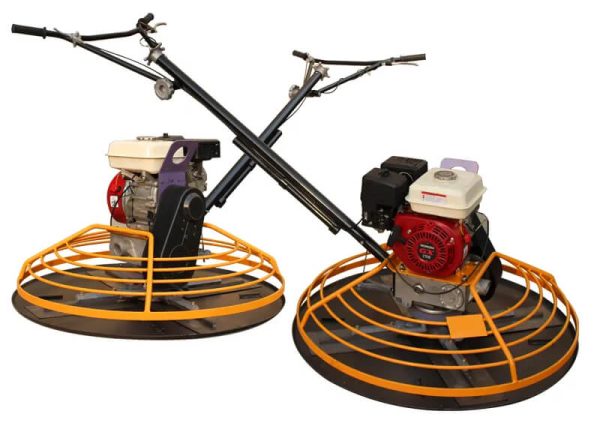
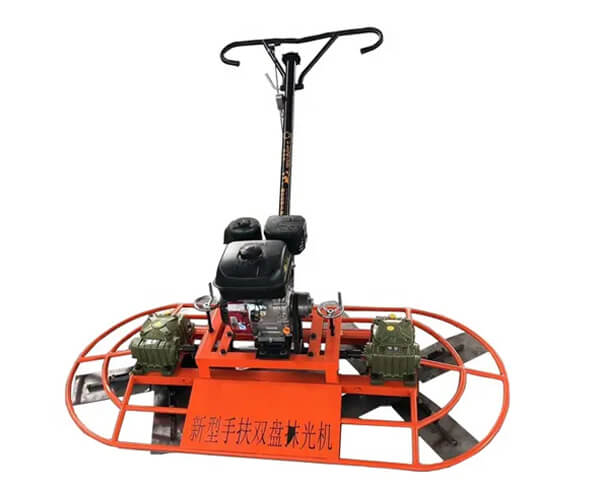
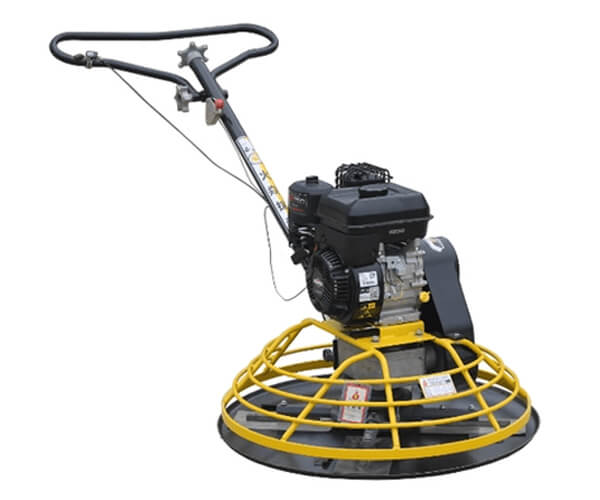
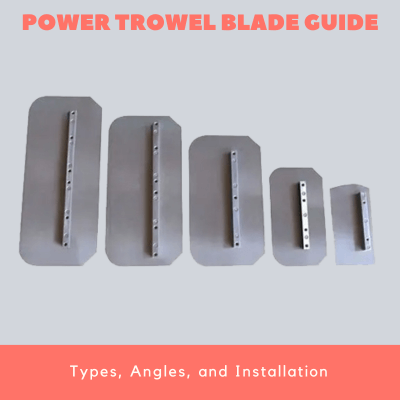
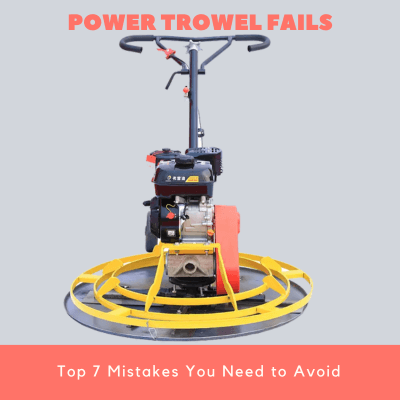
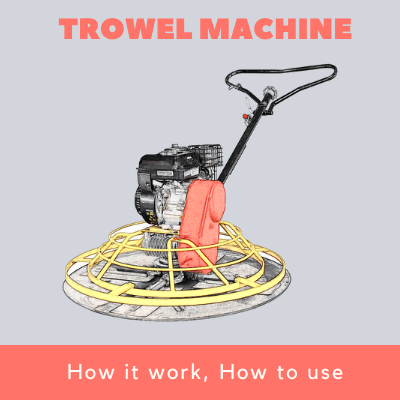

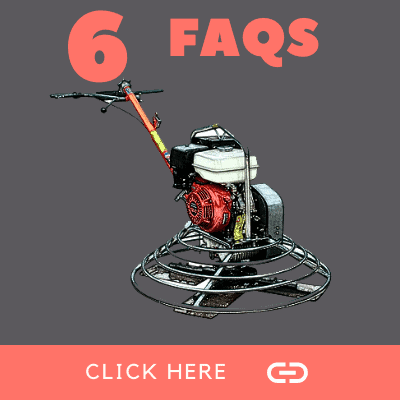
Leave A Comment